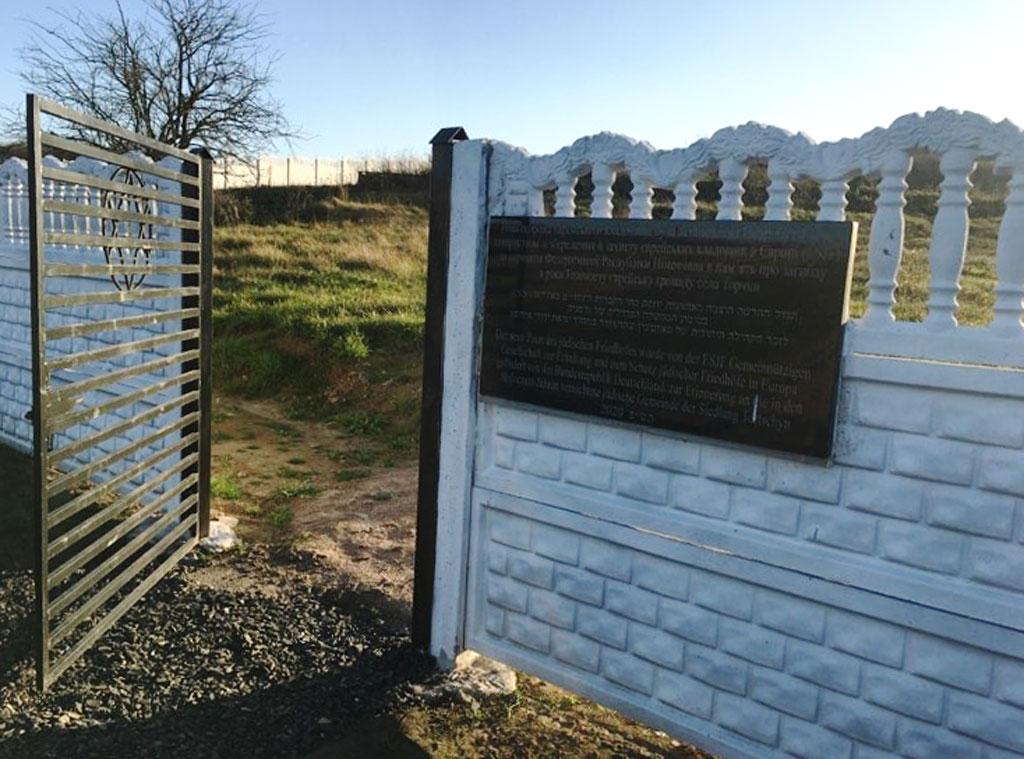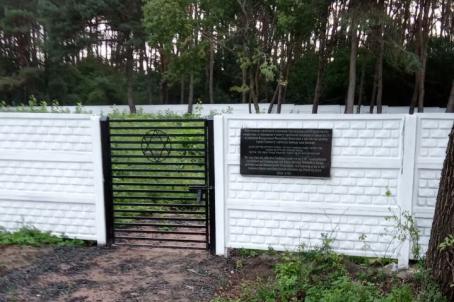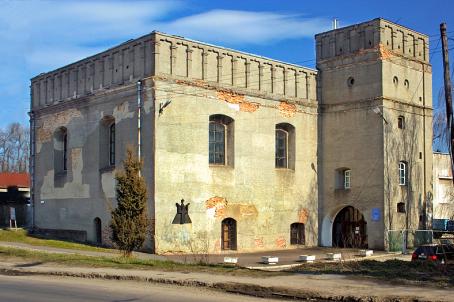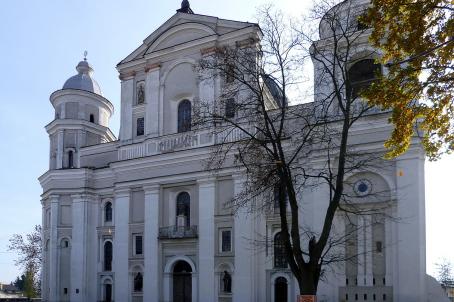Torchyn Jewish Cemetery

This cemetery existed from at least the late 18th century, as can be inferred from the date on the oldest tombstone. The cemetery was demolished during or after WWII. In 1960, a memorial to the 2,000 Jews shot in August 1942 was constructed, along with an obelisk and a fenced mass grave. The southern section of the cemetery still contains tombstones and is severely overgrown.
About this building
For more information on this site visit: https://www.esjf-cemeteries.org/fenced/torchyn-jewish-cemetery-2/





